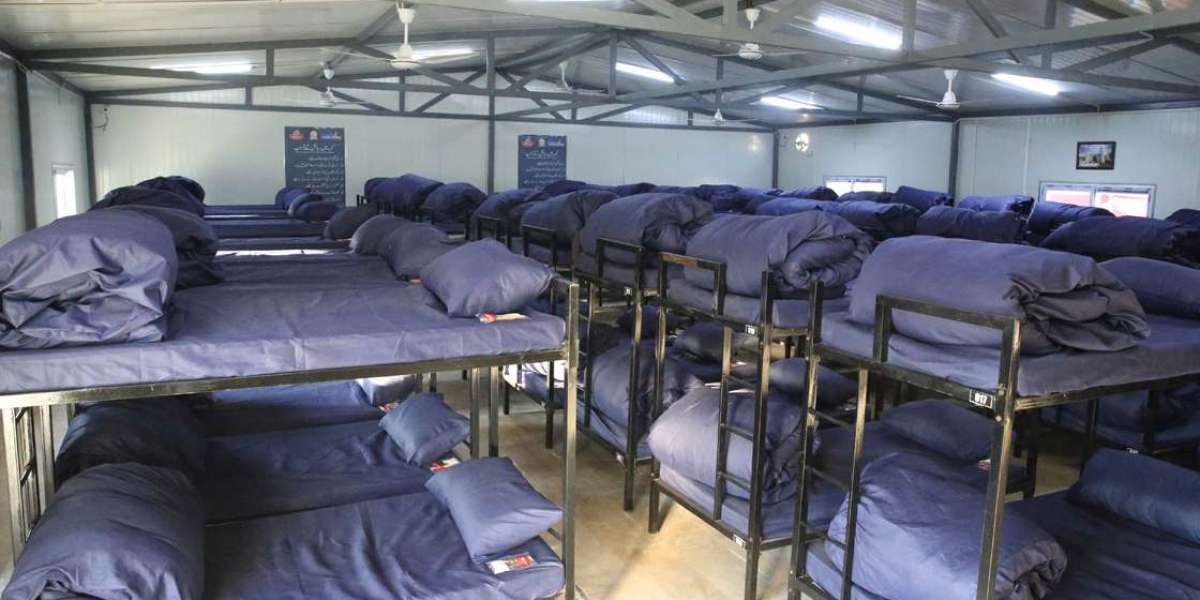Shelter homes in Pakistan have long served as safe havens for the vulnerable, the abandoned, and the homeless—especially children, women, and the elderly. As societal needs have evolved, so too have these institutions. From makeshift accommodations and government-run facilities to sophisticated, community-based models like SOS Children’s Villages Pakistan, the journey of shelter homes reflects a broader story of resilience, empathy, and national responsibility.
In this blog, we explore the historical backdrop, key developments, current challenges, and future outlook of shelter homes in Pakistan. We also spotlight the role that organizations like SOS Children’s Villages Pakistan play in transforming lives and redefining child care and protection in the country.
The Historical Context of Shelter Homes in Pakistan
Post-Independence Era (1947–1960s)
The birth of Pakistan in 1947 came with one of the largest human displacements in history. Millions were uprooted, resulting in an immediate humanitarian crisis. Makeshift camps and refugee colonies served as the earliest forms of shelter homes. While not formalized, these settlements highlighted the pressing need for organized social welfare.
During this period, the Pakistani government and some local NGOs began recognizing the importance of structured support for orphans and widows, which laid the groundwork for future shelter home initiatives.
Emergence of Institutionalized Care (1970s–1980s)
By the 1970s, shelter homes began to take more institutionalized forms. Government organizations such as Bait-ul-Mal, Dar-ul-Aman, and Edhi Foundation started playing a pivotal role in providing housing and basic care. However, these institutions often struggled with overcrowding, inadequate resources, and a lack of trained caregivers.
It was during this time that SOS Children’s Villages Pakistan established its first village in Lahore in 1975, offering a transformative family-like environment for orphans and abandoned children. This marked a major shift from institutional care to a more nurturing, emotionally supportive model.
Key Milestones in the Evolution of Shelter Homes
The Rise of Non-Governmental Organizations (1990s)
The 1990s witnessed a rapid increase in the number of NGOs focused on child welfare, women’s protection, and elder care. This shift was partly due to growing awareness about human rights and Pakistan’s commitment to international conventions such as the UN Convention on the Rights of the Child (UNCRC).
Shelter homes became more than just places to sleep; they evolved into centers offering education, health care, and psychological support. SOS Children’s Villages Pakistan continued to lead the way by expanding to multiple cities, developing SOS Youth Homes, and integrating community outreach programs.
Legal Frameworks and Government Involvement (2000s)
The early 2000s brought a push toward legal reforms. Laws were enacted to better regulate shelter homes, including the Child Protection and Welfare Bureau and Women Protection Act. These legislative actions aimed to improve standards and ensure accountability.
Government-run shelters also began receiving international aid and guidance, which helped improve infrastructure, staff training, and service delivery. However, much of the progress was uneven, with rural areas still lagging behind.
Technology and Modernization (2010s)
With the advent of digital tools and data systems, shelter homes started embracing technology to enhance care and management. Online records, digital fund-raising campaigns, and partnerships with tech companies enabled better transparency and donor engagement.
SOS Children’s Villages Pakistan implemented child-tracking systems, educational digitalization, and remote psychological support services to ensure a holistic development model.
The Role of SOS Children’s Villages Pakistan
Family-Based Care Model
Unlike conventional orphanages, SOS Children’s Villages Pakistan follows a family-based model. Each child is cared for in a home with an SOS mother and siblings, fostering a sense of belonging and emotional security. This approach aligns closely with a child’s natural developmental needs and has become a global benchmark in childcare.
Educational and Vocational Programs
One of the core missions of SOS Children’s Villages Pakistan is to empower children through education. With its own schools and vocational training centers, the organization ensures that children are not just housed but also equipped with life skills and academic knowledge to thrive independently.
Community Outreach
In addition to its villages, SOS Children’s Villages Pakistan runs Family Strengthening Programs that help prevent child abandonment by supporting vulnerable families. This proactive approach helps address root causes like poverty, domestic violence, and lack of education, reducing the burden on shelter homes.
Psychological Support and Child Rights
Mental health is a major focus at SOS Children’s Villages Pakistan. Trained counselors provide therapy, life coaching, and emotional support to help children overcome trauma. The organization also conducts regular child protection trainings and advocates for child rights at the national level.
Challenges Facing Shelter Homes in Pakistan
Overcrowding and Underfunding
Many state-run shelter homes face chronic overcrowding, leading to deteriorated living conditions. Limited budgets mean inadequate food, healthcare, and hygiene, which negatively impact both physical and mental well-being.
Stigma and Social Exclusion
Children and women in shelter homes often face societal stigma, making reintegration into mainstream society difficult. Discrimination in education, employment, and marriage prospects remains a significant hurdle.
Lack of Regulation
Despite legal frameworks, many private shelter homes operate without proper licensing or oversight. This can lead to exploitation, abuse, and neglect, as seen in several high-profile cases over the years.
Inadequate Staff Training
The quality of care is only as good as the caregivers. Many shelters suffer from a lack of trained professionals, including social workers, counselors, and teachers. This gap directly affects the developmental outcomes of residents.
Innovative Trends and the Way Forward
Public-Private Partnerships
Collaborations between government bodies and NGOs have shown promising results. Initiatives that combine public funding with NGO expertise can lead to better resource management and service delivery. SOS Children’s Villages Pakistan has already set a precedent with its partnerships in education and health sectors.
Community Integration Programs
Programs that focus on gradually reintegrating shelter home residents into mainstream society are gaining traction. These include job placement services, mentorship programs, and transitional housing solutions.
Trauma-Informed Care
Modern psychology emphasizes the need for trauma-informed approaches in shelter settings. Training staff to recognize and respond to trauma can greatly enhance the quality of life for shelter residents. SOS Children’s Villages Pakistan has been a pioneer in incorporating trauma-sensitive practices in its care model.
Data-Driven Policy Making
Using data analytics to monitor shelter home performance, track resident progress, and identify gaps in service delivery is becoming a standard practice. Transparent, data-driven policies can ensure better accountability and outcomes.
Conclusion
The evolution of shelter homes in Pakistan is a testament to the country’s growing awareness and commitment to social welfare. From rudimentary refugee camps to well-organized, emotionally nurturing environments, the journey has been long but transformative.
Organizations like SOS Children’s Villages Pakistan have not only raised the bar for child care and protection but have also set examples for how compassion, professionalism, and innovation can come together to create meaningful change.



